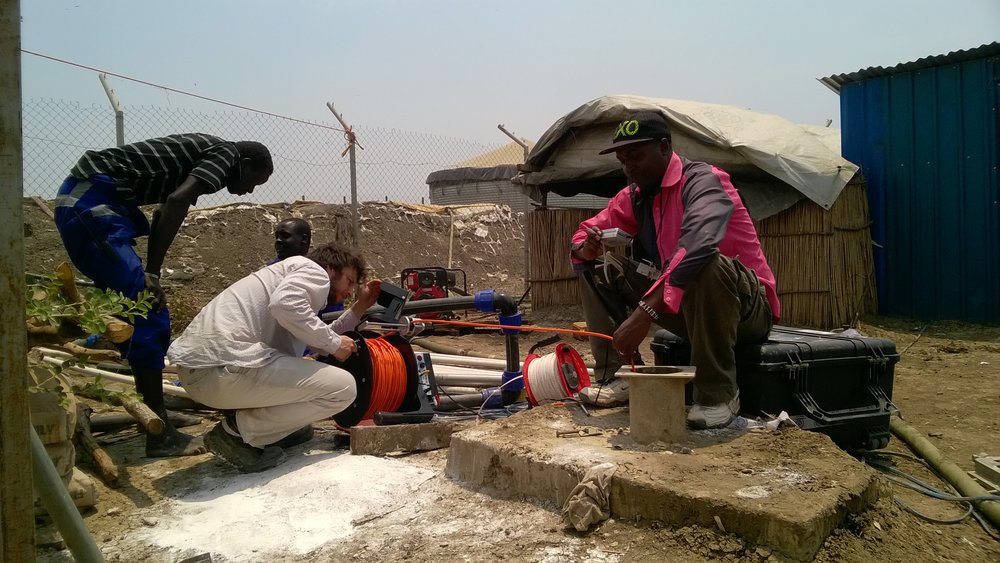As regular RGB cameras rapidly evolve and images are being used more than ever to study and model geology, mining and exploration companies are reviewing how to get the best value of their geological photos. The correct choice of camera is one of the keys.
Imago can advise on the issues but we are not liable for your hardware decisions. Please obtain advice from your camera supplier before making your camera and hardware decisions.
While the choice of camera is important, it must be set up correctly to avoid low quality that can result from good equipment with mistakes in the setup. The right setup can result in images that are dramatically different in quality than those that result from incorrect setup!
Before buying a camera, it is important to first consider how your photos will be used. What is their purpose, and what type and quality of photos is needed to be fit-for-purpose. If you plan to use your photos for machine learning now, or in the future, quality and consistency are even more important. We encourage you to us about your journey to machine learning.
Choosing a Camera
- Imago supports most camera models, but please check with Imago before buying, to confirm your preferred model is supported. The Canon range is the most commonly used by Imago’s customers.
- A 24 Megapixel camera such as the Canon 200D or Canon Rebel T7 is affordable and produces good quality images.
- Moving up to 30 Megapixels, or 50 megapixels will allow you to see more detail for close up viewing. We have observed that many customers move to the higher 30 or 50 megapixel cameras once they see how important images become to the geology team as they start using the Imago viewing and integration tools.
- With the advent of mirrorless cameras, the traditional SLR cameras are still a valid option. They are larger, heavier, but also cheaper than the new generation of mirrorless cameras. Mirrorless vs SLR doesn’t inherently mean a difference in photo quality.
- Full Frame vs Crop sensor is a more important consideration. Full frame sensors will produce higher quality images, but the lenses for full frame cameras may be more expensive and should be considered as part of the camera/cost decision.
- With mirrorless cameras, the lens is positioned closer to the sensor, as their is no physical space required for the mirror. Lenses for SLR cameras may not be compatible with the mirrorless equivalent camera option. In some cases spacer rings may be used to adapt an existing lens to a different camera.
Lenses
- Zoom lenses allow adjustment so the image cover the extent of the tray. An image that extends outside of the tray or subject wastes pixels and is lower quality.
- If your setup allows adjustment of distance of the camera from the subject, you may be able to use a fixed lens.
- Ideally the camera will be positioned so that lens is set close to the middle of its zoom range. E.g. a 10-20mm lens has the least distortion at around 15mm. A 17- 70mm has the least distortion around 40mm.
- For photographing chip trays, the camera is closer to the samples and a Macro lens may be required in order to focus.
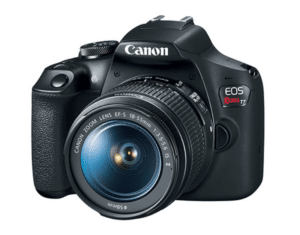
Fig. 1. Canon EOS Rebel T7 + 18-55mm Lenses
Good Resolution
Option 1.
Camera Body: Canon EOS Rebel T7 (also known as EOS 2000D in Europe, or 1500D in Southeast Asia)
MegaPixels count: 24.1
Sensor type: Crop Sensor
Lenses: 18-55mm or 10-18mm (Will depend on your box size)
Body Price (USD): 600
Lenses Price (USD): 300
*You can also use any Canon camera with similar specs (24Mp) as an entry level options.
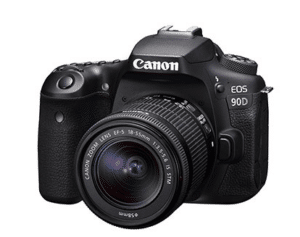
Fig. 2. Canon EOS 90D + 18-55 lenses
Very Good Resolution
Option 1.
Camera Body: Canon 90D
Lenses (Core): 18-55mm
Lenses (Chips – Core): 10-18mm
MegaPixels count: 32.5
Sensor Type: Crop Sensor
Body Price (USD): 1,200
Lenses (Core) Price (USD): 400
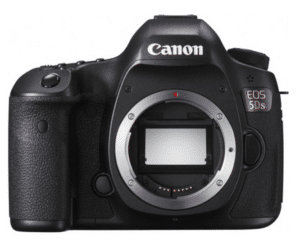
Fig. 3. Canon 5Ds (body).
Excellent Resolution
Option 1.
Camera Body: Canon 5DS
MegaPixels count: 50.6
Sensor Type: Full Frame
Lenses (Core): 24-70mm
Lenses (Chips): 11-22mm
Body Price (USD): 4,000
Lenses (for Core Photography) Price (USD): 1,100
Lenses (Chips) Price (USD): 5000
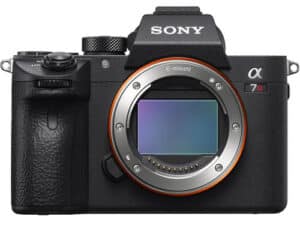
Fig. 4. Sony a7r IV (Body)
Option 2.
Camera Body: Sony a7r IV
MegaPixels count: 61
Sensor Type: Full Frame
Lenses (Core): 24-105mm
Lenses (Chips): 12-24mm
Body Price (USD): 3,000
Lenses Price (Core photograph): 1,000
Lenses Price (Chips): 500
Summary:
| Camera model | Megapixels | Body + Lenses Price (Core) (USD) | Resolution |
| Canon EOS Rebel T7 | 24.2 | 600 | Very Good |
| Canon 90D | 32.5 | 1,600 | Very Good |
| Canon 5DS | 50.6 | 5,800 | Excellent |
| Sony a7r IV | 60 | 5,800 | Excellent |
